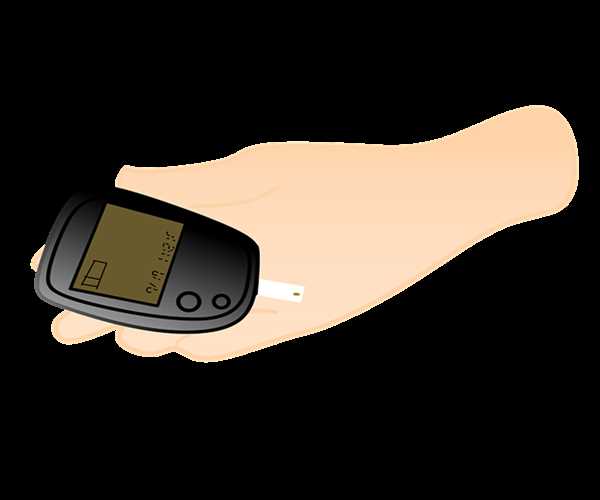Search here

21-Sep-2022
Benefits of Remote health Monitoring
Remote patient monitoring (RPM) is a healthcare delivery method that uses technological advances to collect patient data outside of the traditional healthcare environment, benefiting patients, caregivers, caregivers, and the healthcare system as a whole. There are many key benefits listed below, ranging from increased access to virtual care, increased opportunities for patient-caregiver communication, improved patient engagement with self-care, reduced spread of COVID-19, and overall lower cost of care. 13 Advantages of external control for patients, patients, suppliers, payers, and medical institutions:
1: Data spending improves clinical solution
By monitoring the remote monitoring of English, improving patients' clinical concepts, improving clinical opinions between offices, clinical access, and active assistance tools. The supplier sees how the patient's symptoms change over time and sees how the supplier can identify the trend or change the patient's treatment plan.
Improved benefits2: Helps the patient improve the treatment plan.
In the case of several population groups, including more than a few chronic recycling, surgical and surgical rehabilitation, surgical and surgical rehabilitation, parents and children's cancer, cancer, and patient monitoring, you may use it immediately. Manage the condition.
The benefits no. 3: Costs for payers and suppliers
The patient's monitoring cannot apply to the remote plate and has a great influence on reducing hospital hospitalization and reducing. This allows for ED attention and early emergency discharge, shortening hospital stays, and reducing medical costs. RPM
can help reduce the high costs of inpatient services while moving appropriate levels of acute care and chronic care monitoring
to the home.
Benefit #4: Increased patient net
income
The cost of caring for a patient is almost less than the associated
cost. Adopting RPM in organizations can increase net patient revenue by improving workflow
efficiency, increasing staff productivity, and reducing administrative
costs. RPM also provides cost recovery and competitive
advantage.
Benefit #5: Reduce patient costs and
increase productivity
When patients receive care through RPM, the costs associated with scheduling a visit can be avoided. Patients can avoid the
inconvenience and cost of commuting, parking, childcare, and/or
vacation.
Benefit #6: Better access to care
Remote patient monitoring overcomes barriers to entry by
delivering care where and when patients need it. It can be used to reach patients in rural
areas and connect with specialists that patients
cannot otherwise access. It's also a great way to minimize meeting interruptions.
Benefit #7: Increased patient engagement
Remote patient monitoring is an excellent patient engagement strategy
because it provides tools to help patients understand their health. When
patients understand their condition, their unique treatment plan, and their responsibility
to improve their health, they are more likely to
have positive health outcomes. The approach to health data will continue to
improve their existence.
Benefit 8: Optimize the effectiveness of the clinical
personnel and the lack of clinical
staff.
During the control of patients at a distance, the doctor helps the patient's doctor and patient to
do what they can do. Many RPM tools integrate with the provider's EHR to reduce documentation duplication.
In severely understaffed situations, RPM can help reduce the burden of
unscheduled in-person visits by allowing clinicians to provide some care virtually.
Uses a team-based model of care that allows for
caregiver flexibility.
Benefit #9: Prevent the spread of
communicable diseases and
nosocomial infections
Another benefit of remote patient monitoring is epidemic prevention. With RPM, patients do not have to
go to hospitals or clinics that are prone to
infections. Avoiding face-to-face encounters eliminates the risk of unnecessary
exposure, especially in the elderly, chronically ill,
pregnant women, or other immunocompromised persons.
Benefit #10: Increased caregiver
communication and participation in
caregiving
Remote patient monitoring benefits not only the patient but
also the treatment. Many RPM tools today include the
patient's caregiver in their treatment plan, providing access to the
recording and progress of the patient's vital signs. RPM allows caregivers to intervene and influence
the care and outcomes of their loved ones. We provide an
additional level of external support to caregivers when questions arise or
emergencies arise.
Benefit #11: Improved patient experience and satisfaction
RPM welcomes patients easily, whenever and wherever they
want. By eliminating the burden of hospital visits and hospitalizations, patients
can receive effective, safe, and comfortable care
at home. Patients benefit from remote patient monitoring while speaking with their doctor.
Benefit #12: Increased referral opportunities and
improved retention
Providing RPM programs to referring hospitals and specialists can increase referrals and revenue.
Providing access to innovative care through technology provides a competitive advantage, attracts
potential patients, and improves the patient experience. Customer-centered care
requires the patient to place more emphasis on convenience and loyalty to the provider
providing the service.
Benefit #13: The improved doctor-patient relationship
Remote patient monitoring benefits both patients and patients by providing more
opportunities for communication, strengthening
patient-caregiver relationships, and increasing patient satisfaction and loyalty.
This gives patients confidence that their healthcare providers are always monitoring them.
The benefits of remote patient monitoring are numerous. In short, RPM is a clear and consistent
industry win for patients, caregivers, providers, and payers.

Student
An inquisitive individual with a great interest in the subjectivity of human experiences, behavior, and the complexity of the human mind. Enthusiased to learn, volunteer, and participate. Always driven by the motive to make a difference in the sphere of mental health - and normalize seeking help through a sensitive and empathetic approach
Join Our Newsletter
Subscribe to our newsletter to receive emails about new views posts, releases and updates.
Copyright 2010 - 2025 MindStick Software Pvt. Ltd. All Rights Reserved Privacy Policy | Terms & Conditions | Cookie Policy